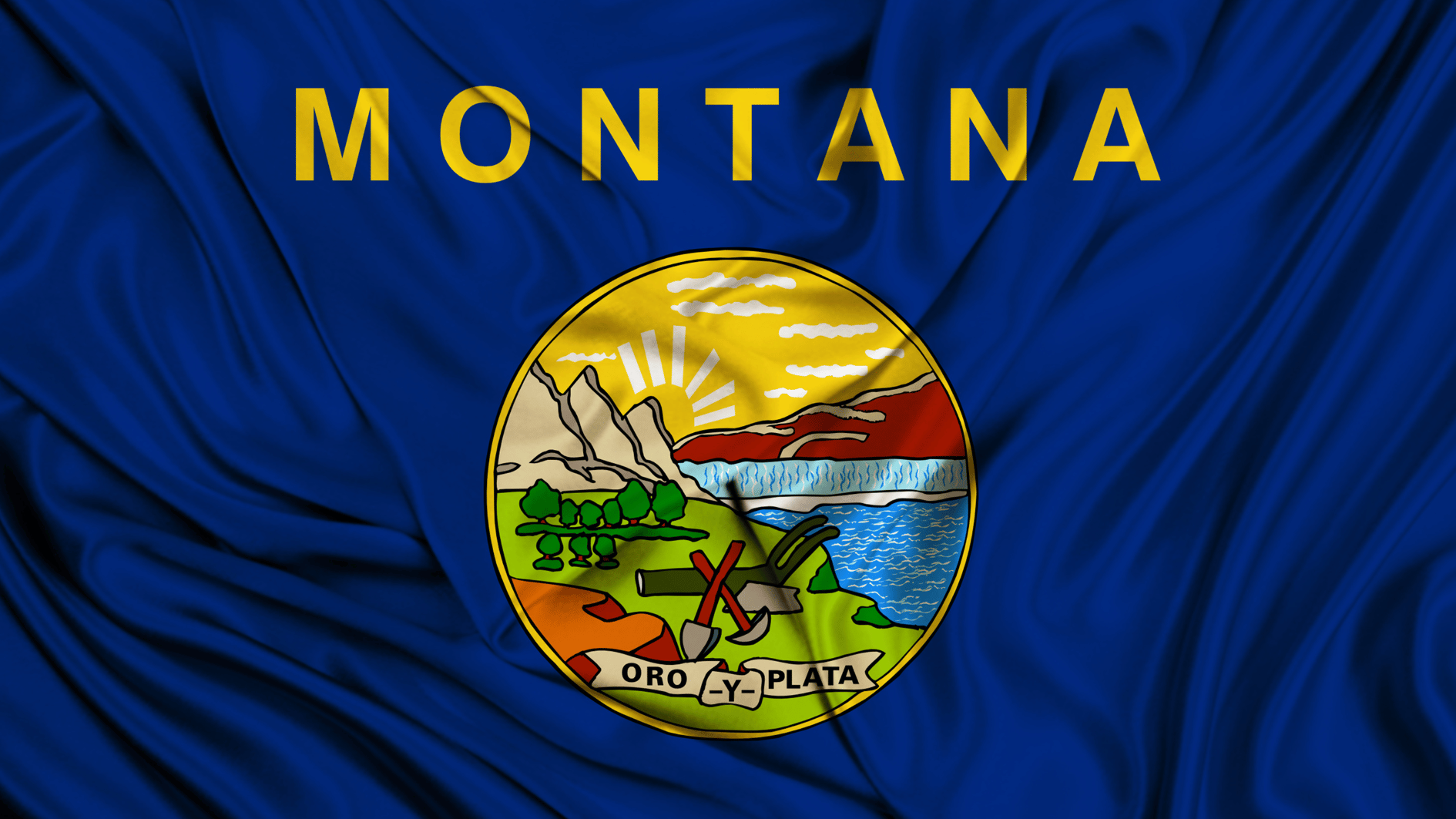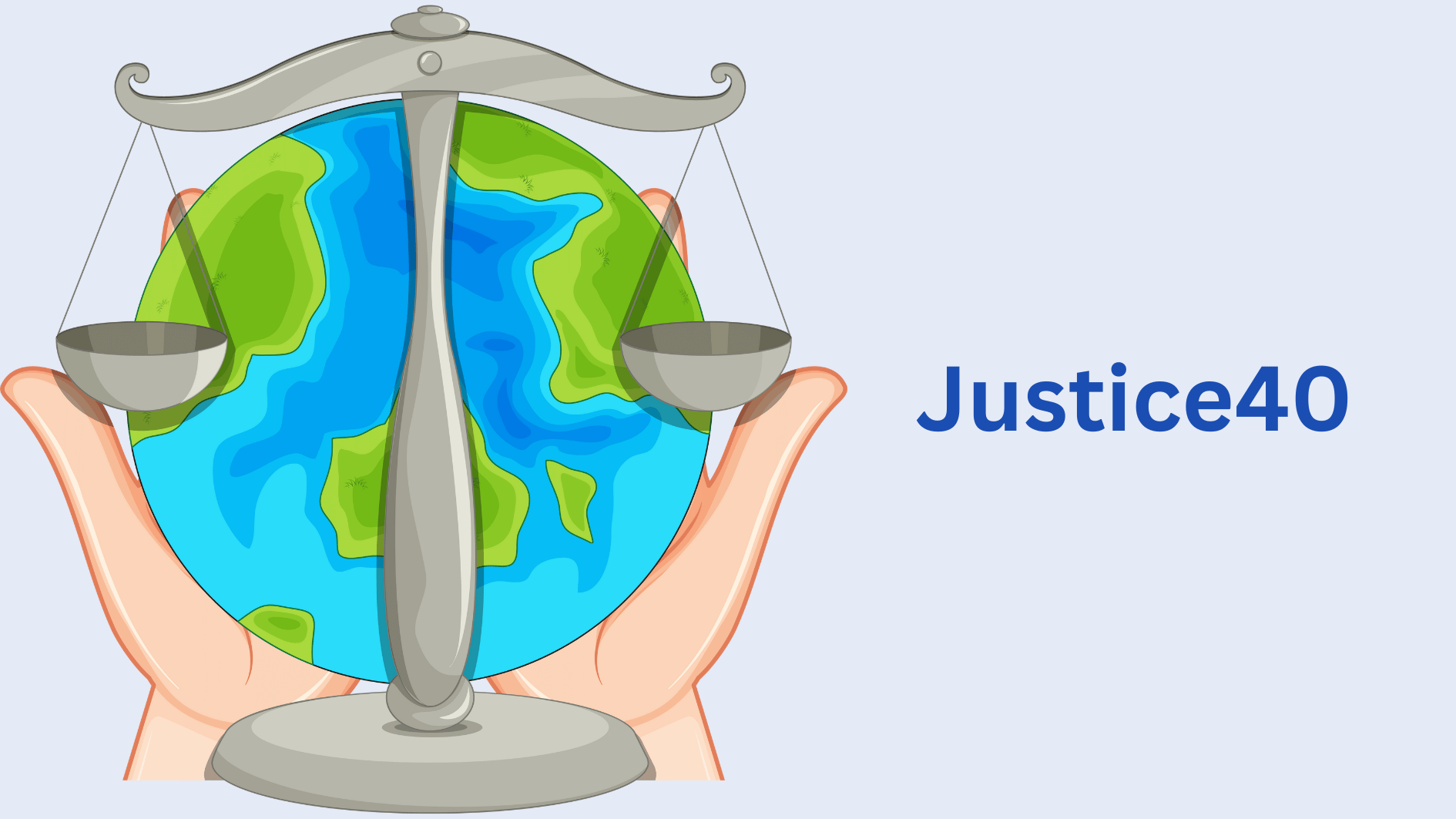Image source: Canva.com
Montana‘s vast open spaces and abundant sunlight make it a promising state for solar energy, and various incentives are helping to make solar power more accessible and affordable for residents. While the state may not be widely known for solar adoption, key programs and policies are in place to encourage investment in renewable energy. This breakdown of Montana’s key solar incentives highlights available tax credits, rebates, and net metering opportunities, offering insights into how homeowners and businesses can reduce upfront costs and maximize long-term savings by going solar.
Discover the Ideal Solar System for Your Home in Just a Few Clicks!
The Residential Clean Energy Credit
The Residential Clean Energy Credit, previously known as the Federal Investment Tax Credit (ITC), can reduce the cost of your solar panel system by 30%. This incentive covers the entire system, including equipment, labor, permitting, and sales tax.
To claim this incentive, you need to purchase your system with cash or a solar loan, as leasing does not qualify for the ITC. You must have a sufficient federal tax liability to use the credit, though any unused portion can be rolled over year-to-year until the ITC expires at the end of 2034. Direct payment of the ITC is only available to tax-exempt entities, such as nonprofit organizations.
Net Metering
Montana provides net metering opportunities for solar power system owners. The state requires all investor-owned utilities to offer net metering programs. Through net metering, if your solar power system generates excess energy beyond your household’s consumption, you can receive a rebate in the form of a credit on your utility bill.
It’s important to note that in Montana, the net metering rebate is applied as a credit towards your electricity bill, rather than a cash payment. While some states allow for cash reimbursement for excess solar energy sent back to the grid, Montana’s net metering program operates solely through bill credits. This net metering policy enables Montana residents with solar power systems to offset their electricity costs by leveraging the excess energy their systems produce, effectively reducing their overall utility expenses.
Renewable Energy Systems Exemption
Montana offers a Renewable Energy Systems Exemption, which serves as a property tax incentive for those who install solar panels on their property. This exemption allows homeowners to avoid any additional property taxes that may be incurred due to the increased value of their property after installing solar panels.
The Renewable Energy Systems Exemption provides a tax exemption for up to 10 years, effectively shielding homeowners from potential property tax increases resulting from the installation of solar panels. This incentive aims to encourage the adoption of renewable energy systems by alleviating the potential financial burden of higher property taxes.
By taking advantage of this exemption, Montana residents can invest in solar energy for their homes without the concern of facing increased property tax obligations for a substantial period, making the transition to solar power more attractive and financially viable.
Alternative Energy Revolving Loan Program
The Alternative Energy Revolving Loan Program (AERLP) in Montana offers low-interest loans to support the installation of alternative energy systems and energy conservation measures. Managed by the Montana Energy Office under the Department of Environmental Quality (DEQ), the program finances projects for individuals, small businesses, nonprofits, local governments, and university units. Loans are available up to $40,000 with a fixed interest rate of 3.5% for terms up to 10 years. The program is funded by air quality penalties collected by DEQ.
Solar for All
- The Community Power Coalition (CPC)’s SFA program, “Powering America Together,” will collaborate with and enhance the impact of the US Department of Energy’s National Community Solar Partnership and Community Power Accelerator program. Led by Inclusive Prosperity Capital, Inc., CPC comprises seasoned community solar experts who have contributed to the Community Power Accelerator as developers, lenders, trainers, and technical assistance providers. The program aims to support the development of low-income community solar projects, reduce carbon emissions, lower energy costs, and promote quality jobs, community wealth-building, energy resilience, and equitable workforce development.
- The Montana Solar for All (SFA) Program is poised to extend economic and environmental advantages of solar energy to low-income, Tribal, and disadvantaged communities throughout the state. This initiative will employ a community-centered approach to address both market and non-market barriers to residential solar adoption, utilizing outreach, workforce development, and technical and financial assistance. By leveraging and mobilizing additional capital, the program aims to maximize the number of households benefiting from single-family and multifamily residential solar projects.
- The Northern Plains Tribal Solar for All (NPT-SFA) program aims to revolutionize energy and economic systems within disadvantaged communities through substantial and concentrated investments. Initially focusing on North Dakota, South Dakota, and Montana, with later expansion to include tribes in Wisconsin and Wyoming, NPT-SFA draws inspiration from a successful pilot program conducted on the Northern Cheyenne reservation in Montana. Central to its strategy is the establishment of Tribally-owned and managed portfolios of solar systems installed at the homes of Tribal members. By capitalizing on factors such as high electricity prices, frequent power outages, and inefficient housing stock, NPT-SFA aims to implement impactful initiatives.
- Teaming up with lead applicant GRID Alternatives, a coalition of ten mission-driven nonprofit solar and affordable housing providers and allies has collaborated to develop the Solar Access for Nationwide Affordable Housing Program (SANAH). SANAH is meticulously crafted to maximize benefits for households and communities while advancing equity, reducing harmful pollution, and combating climate change. The program offers a multitude of advantages, including expanded access to solar and storage for income-qualified households, significant energy savings and relief from burdensome costs, as well as additional benefits like efficiency improvements and electrification.
Disclaimer
The information provided herein is for informational purposes only and is accurate as of the time of publication. Please be aware that the solar energy landscape, including technology, regulations, incentives, and market conditions, changes frequently. Therefore, it is essential to consult with qualified experts and professionals before making any decisions regarding solar energy installations or investments. This will ensure that you receive the most current and applicable advice tailored to your specific circumstances.





